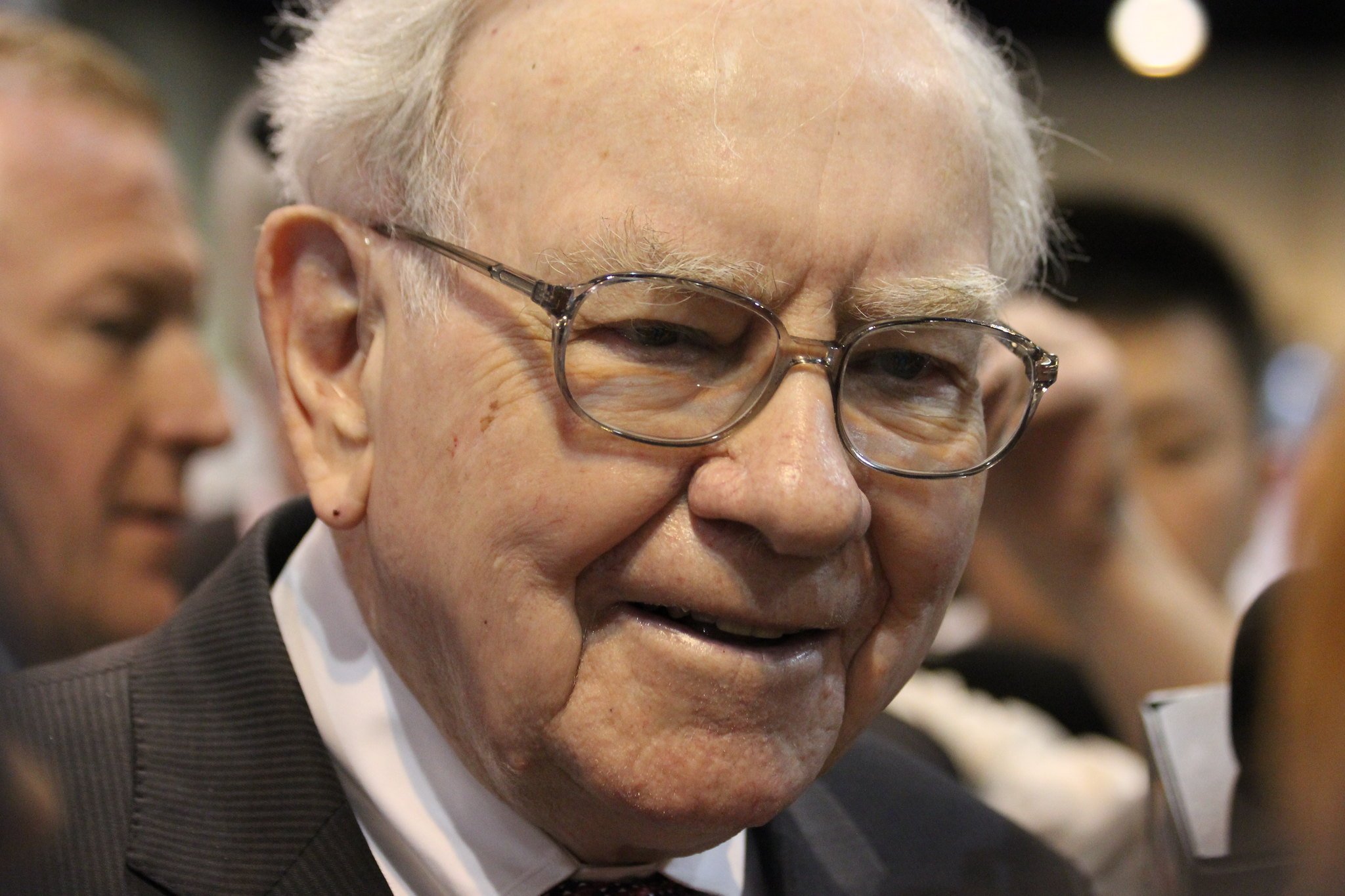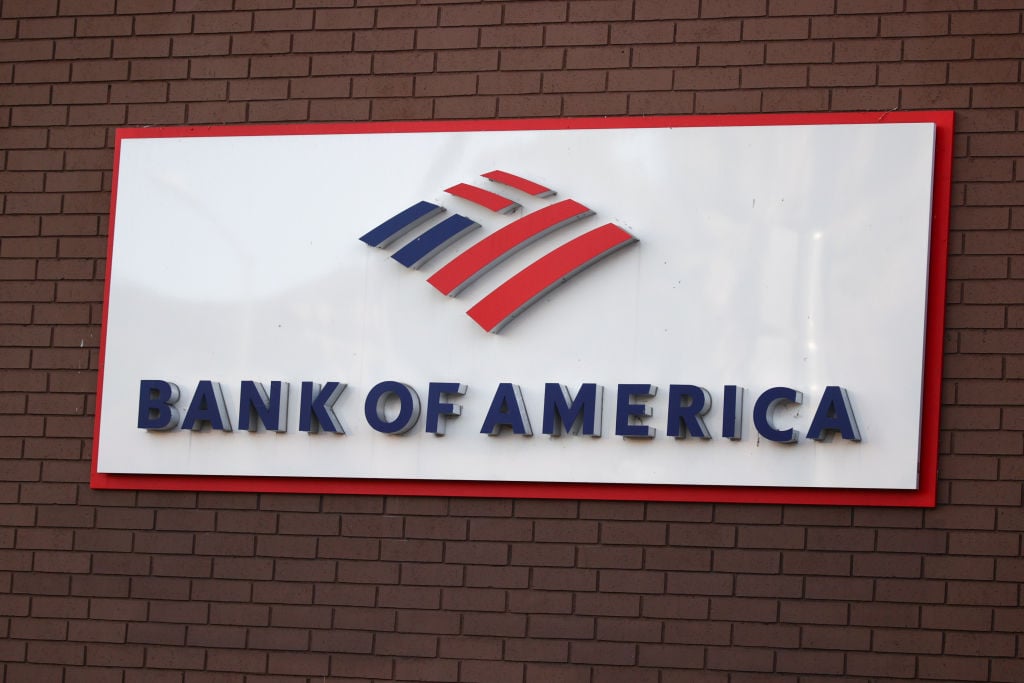One of the most compelling reasons Bank of America (BAC +0.50%) stock is likely to be a good long-term investment is that the bank is committed to repurchasing large amounts of its own stock.
Chairman and CEO Brian Moynihan made this point not long after taking over, in a 2011 interview with Fortune's Shawn Tully:
When BofA has built up a sufficient capital cushion, probably two to three years from now, Moynihan plans to return all earnings to investors in dividends or share buybacks -- we're talking about $25 billion a year, all stuffing shareholders' pockets. "We need to get back most of the shares we issued in the crisis, that caused all the dilution," says Moynihan.
Bank of America's efforts have been frustrated by regulators, who exercise veto power over big bank capital plans as a part of the annual stress test process. As a result, the North Carolina-based bank has raised its dividend only twice since the financial crisis, whereas other banks have raised theirs every year since 2010.

Bank of America Chairman and CEO Brian Moynihan. Image source: Bank of America.
But Moynihan remains committed to his original plan. He spent a meaningful portion of his latest annual letter reinforcing the message that "now that our company is stronger, we are focused on reducing the dilution and increasing the dividend."
He went on to explain:
Our shares outstanding, on a fully diluted basis, peaked at 11.6 billion. We issued more than 7 billion common shares during the crisis. We funded acquisitions, strengthened our balance sheet to meet higher capital requirements, and repaid the government's TARP investment within 13 months. We are working the share count down; at year end, we were at 11 billion shares.
Finally, here's a chart the bank included in its annual investors' day presentation:

Image source: Bank of America.
This essentially tracks what Moynihan explained in his letter. It shows the growth in outstanding share count between 2008 and 2013 to raise capital and finance Bank of America's acquisition of Merrill Lynch.
The year 2013 marks an inflection point, after which Bank of America stopped issuing shares for the purpose of raising capital and instead switched to buying back stock. It spent a net $2.8 billion that year on share repurchases. More recently, it spent $4 billion on buybacks in 2016.
In short, investors have every reason to believe that, despite its late start, Bank of America still intends to rapidly increase its share buybacks once it gains the flexibility it needs to do so.






